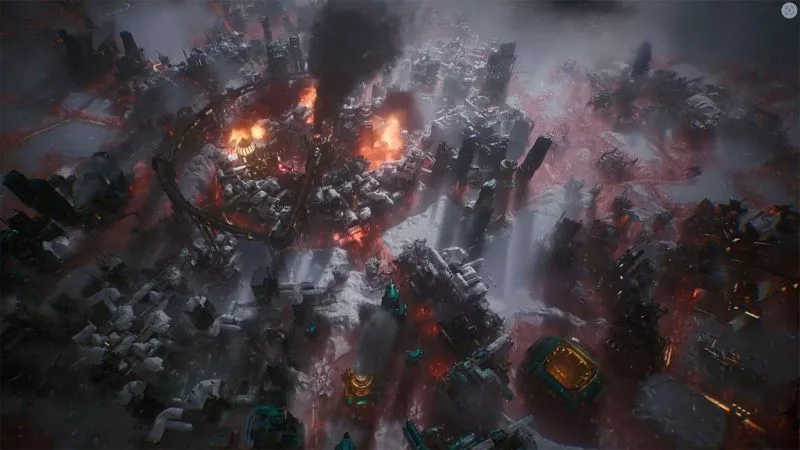Witness the full glory of PC gaming with an HDR monitor
As a veteran gamer of more than two decades, I've seen my fair share of innovation in monitors. The widespread availability of high refresh rate displays was a game changer for me, especially in fast-paced shooters. Even with that experience, I was blown away when I saw a high dynamic range (HDR) monitor in person for the first time, and honestly believe that it's one of the most exciting new technologies available for gamers.
HDR monitors can display appropriately formatted photos, videos, and games with brighter whites, darker shadows, and extreme contrasts between the two in a way that hasn't been possible before, and the result is strikingly close to life. It's usually paired with wide color, a technique that uses more intense reds, blues, and greens to create an expanded palette of potentially more intense colors than SDR monitors can display.
When done right, the realistic lighting that HDR monitors produce in video games greatly enhances immersion and visual fidelity. HDR brings the shadowy passageways and brightly lit arenas of today’s games to life. In a space filled with acronyms, HDR is absolutely one that gamers should be paying attention to as they purchase their next monitor.
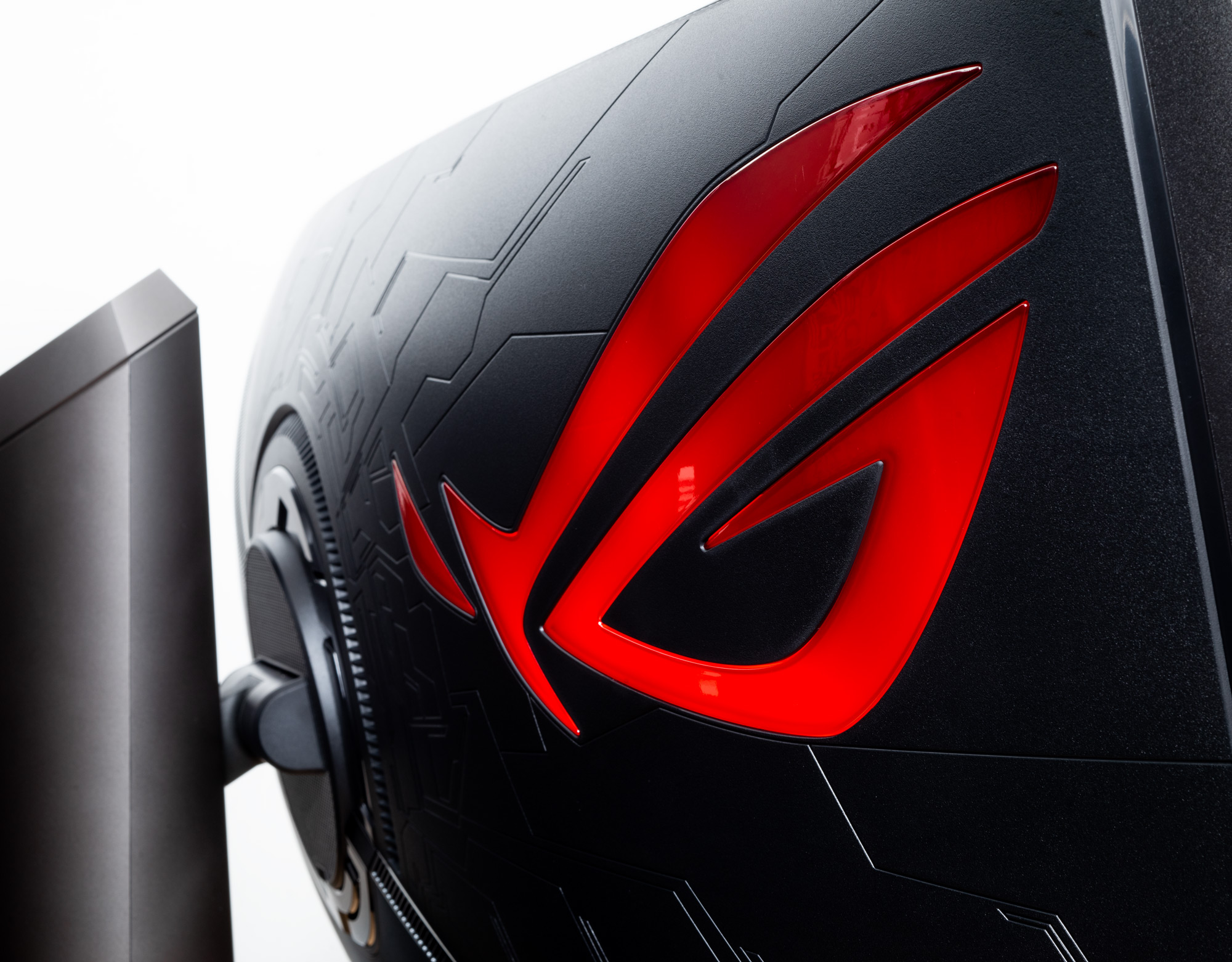
I’m a proud owner of the ROG Swift PG35VQ, a 35” ultra-wide monitor that uses a full array local dimming backlight with 512 independent LED zones to drive impeccable HDR experiences. On top of that, it offers a 200Hz refresh rate, 90% DCI-P3 color gamut coverage, and a low 2ms response time. It's my dream gaming monitor. Prior to receiving the unit, I had been playing Assassin’s Creed Odyssey, one of my favorite recent additions to the series. I had been enjoying the game in standard dynamic range (SDR), but its excellent HDR implementation literally took my breath away.
The last time I played an Assassin’s Creed game, I climbed towering citadels as I hunted down my targets. Odyssey took me on a much larger open-world adventure. It was while spelunking in Athens that I had my first true physical reaction to HDR. Coming out of a cave caused me to squint and look away from the sun just as if I were there in real life. The screen quickly dimmed to something more comfortable when I made it to the surface, but the sensation of stepping into the blinding sunlight was so realistic that it immersed me in the scene like nothing I’ve experienced in a game before.
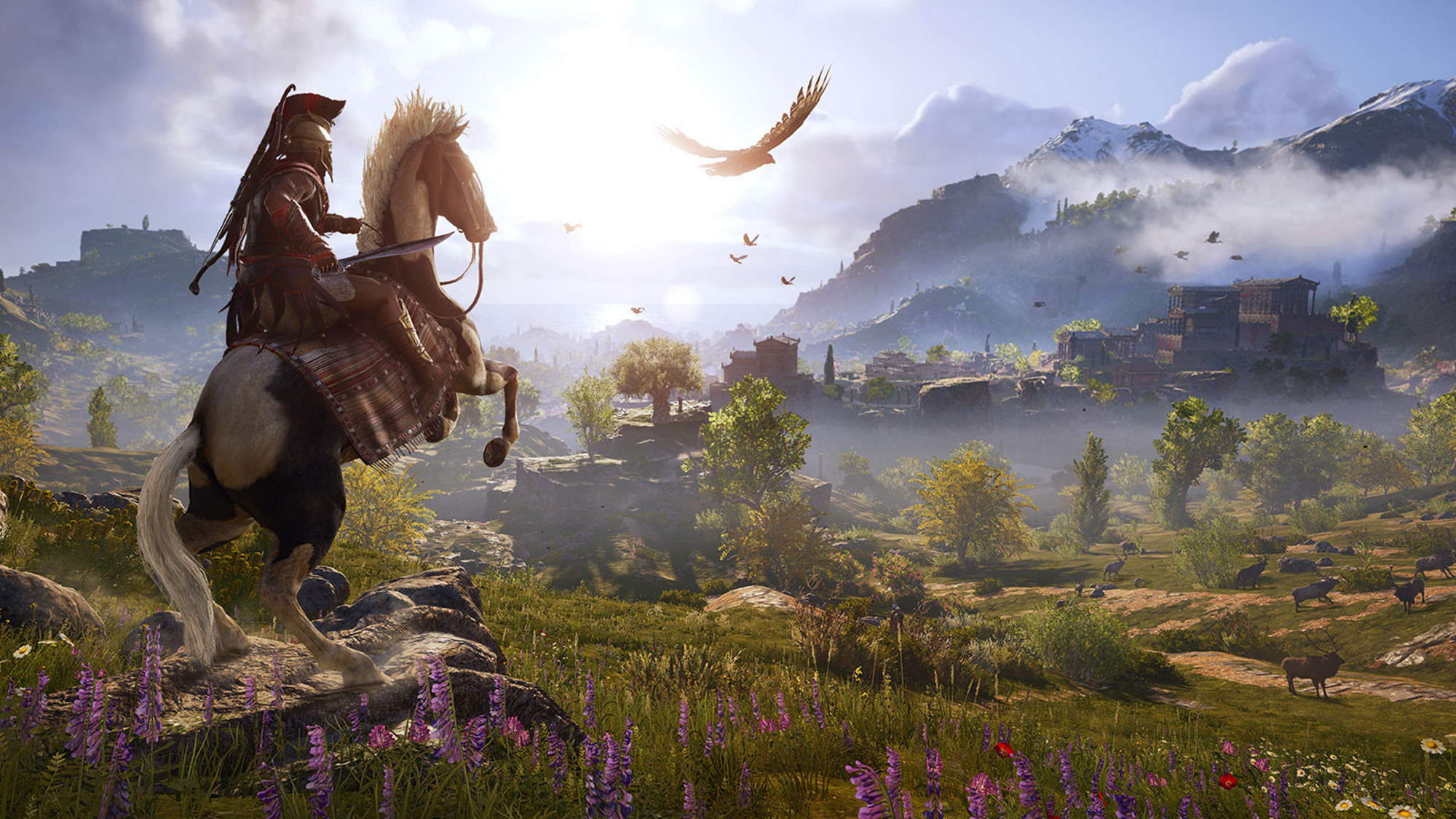 Image source: Gamesplanet
Image source: Gamesplanet
Beyond the brilliant flashes of white, HDR offers more subtle enhancements. Colors were much more vibrant to my eye, especially browns and darker neutral tones. In SDR, the interiors of caves and earthen dwellings in Odyssey seemed slightly blurry or unfocused, but in HDR they had texture and definition. And since every enemy has an 80% brown uniform with subtle highlights, the saturation of the red and blue tones really helped me tell the difference between Spartan and Athenian characters.
Think of the difference that a 5.1 or 7.1 surround sound headset makes compared to a standard two channel speaker system. The spatial location information added to gunshots and footsteps gives gamers a massive competitive edge. In the same way, HDR has all the original information that an SDR signal does, but the added color information and clarity is a game changer.
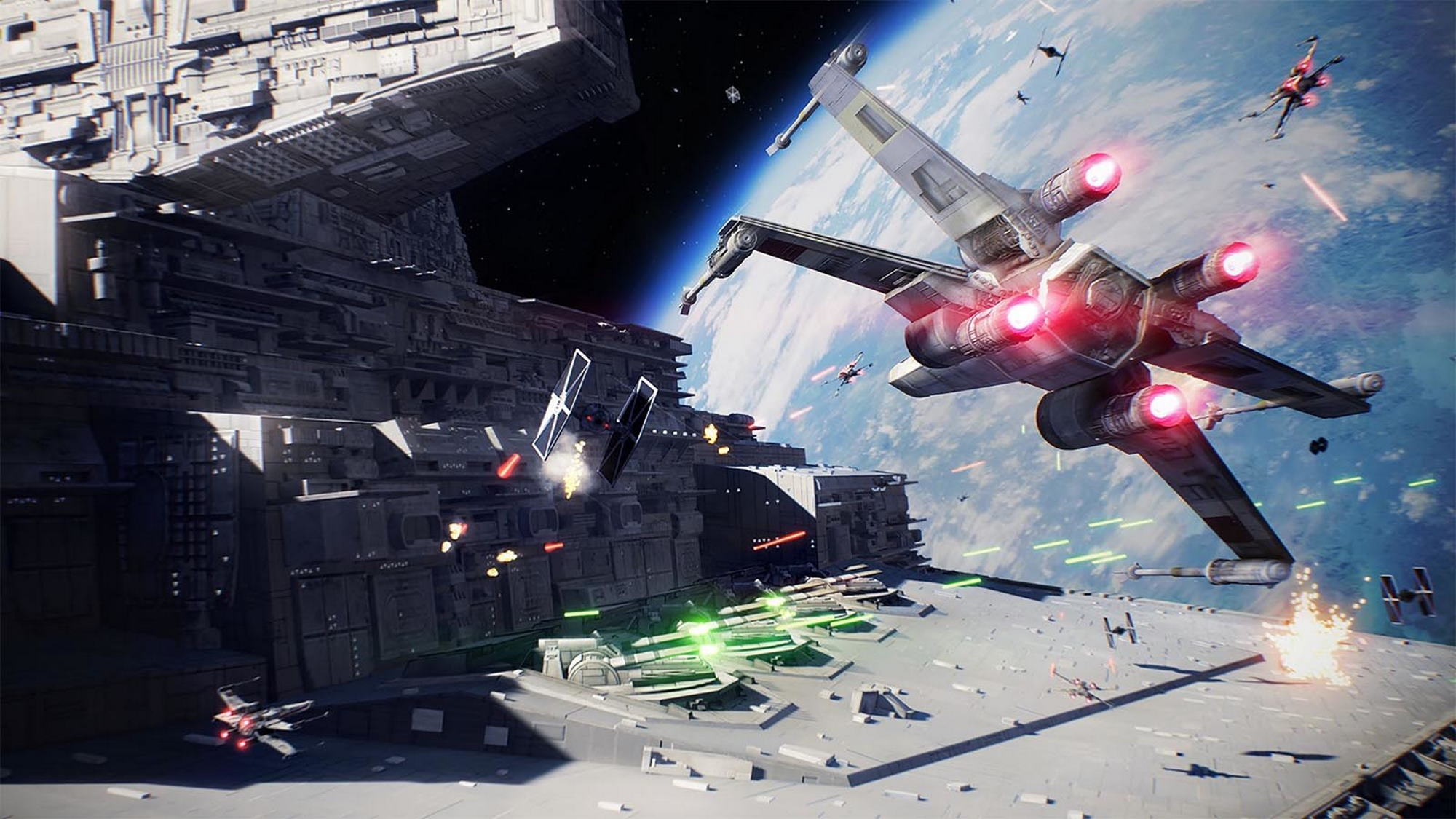 Image source: Gamesplanet
Image source: Gamesplanet
After playing Assassins Creed and dabbling with Shadow of the Tomb Raider, I turned to Star Wars Battlefront II to check out how HDR could enhance my experience in frantic multiplayer combat. At first, the experience was a little overwhelming due to the impact of the HDR lighting. I caught myself staring at blaster bolts and lightsabers instead of the action. Brilliant greens and reds flashed across my screen. Stray blaster shots flared like flashbangs when they impacted walls. Street battles on Tatooine became incredibly lifelike, and I would strive to get enough points to play as a lightsaber wielder—not for the Force powers, but for the visual treat.
After thoroughly spoiling myself with the lavish HDR spectacle, I tried to play the game on the exact same maps for an hour with SDR enabled and try to document my impressions. Since HDR is a lighting technique first and foremost, the main differences I saw were in the intensity of the blaster fire and the definition in shadowy areas. Without the more vivid colors provided by HDR, I struggled a bit on the battlefield. As with Assassin’s Creed, SDR seriously impacted the saturation of darker colors. Rebel soldiers in brown uniforms on brown backgrounds became very hard to tell apart, as did Separatist battle droids in most urban maps. I felt like I had both lowered the resolution and reduced the graphics quality by reverting to SDR. Without HDR, I found myself working harder to make out shapes when shooting at enemies. The additional detail of HDR in this type of situation is a real competitive advantage.
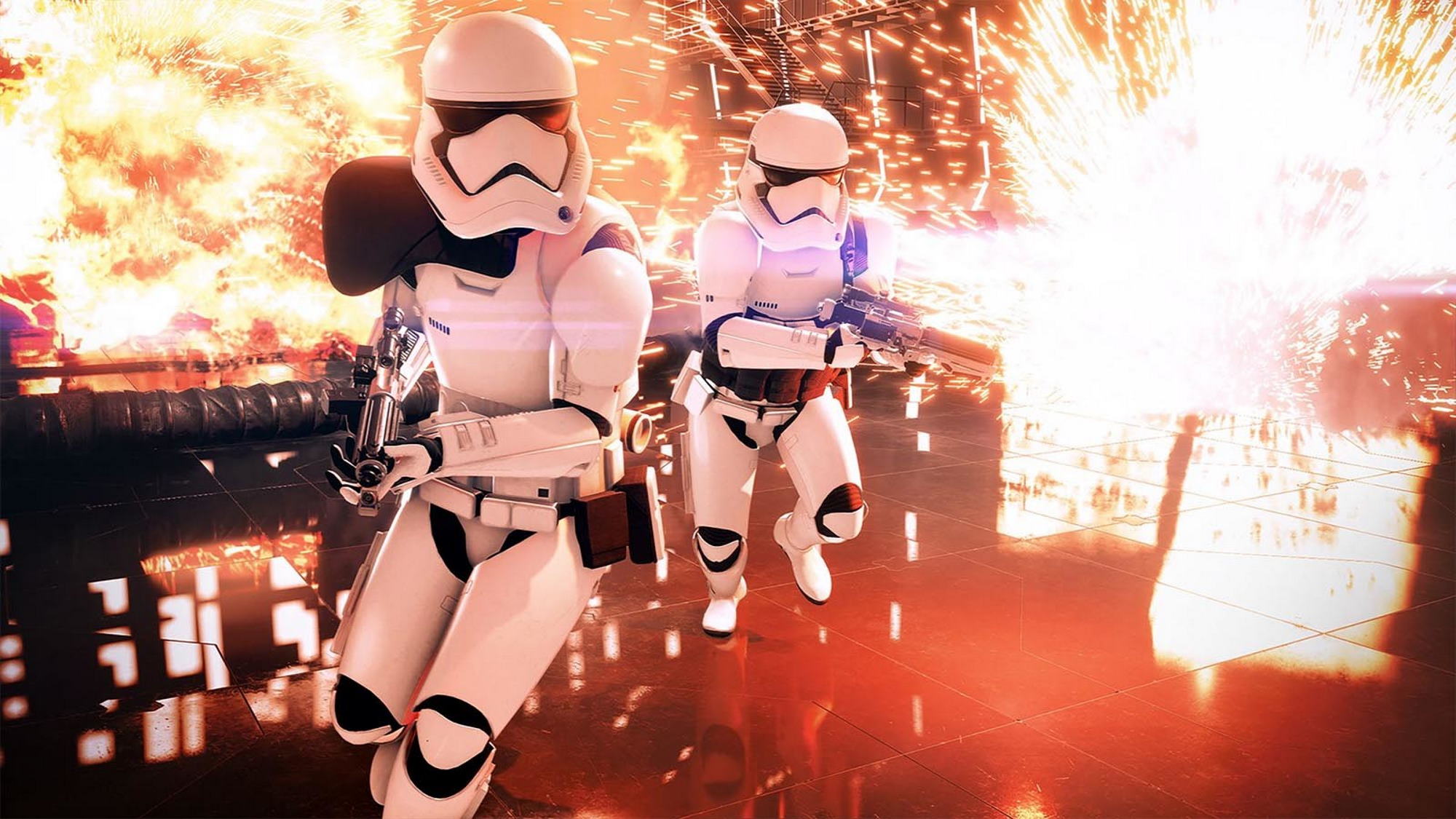 Image source: Gamesplanet
Image source: Gamesplanet
After this test, I re-enabled HDR and immediately felt this was the experience the environment artists and game designers wanted me to have. From the grungy streets of Mos Eisley to the brutalist design of the Death Star or the towering redwoods of Endor, I was struck by the beauty of seeing Star Wars brought to life. I immediately rediscovered the immersive realism that this technology can add to gaming.
Many maps in this game lend themselves well to HDR, but Crait is a standout due to dark caverns that open suddenly to the surrounding terrain and the menacing AT-M6 walkers lumbering above. The piercing white light that blazes from the level's open plain into its hangar makes me feel vulnerable as a defender and really gets my adrenaline flowing. I also love when Mos Eisley's nighttime setting comes up in the rotation. Instead of the harsh backdrop of Tatooine’s binary stars, I’m greeted with a midnight scene where blasters and explosions dominate the visual landscape.
When I was first considering a PG35VQ of my own, reviewers made clear that the photos they took couldn't truly capture what they were seeing on the display in the real world. This is a technology that literally needs to be seen to be believed. If you have an opportunity to test an HDR monitor in person, you should take it. More likely than not, you'll quickly join me in enjoying the beauty of HDR gaming on the PC on a capable display of your own.
By Lane Prescott
